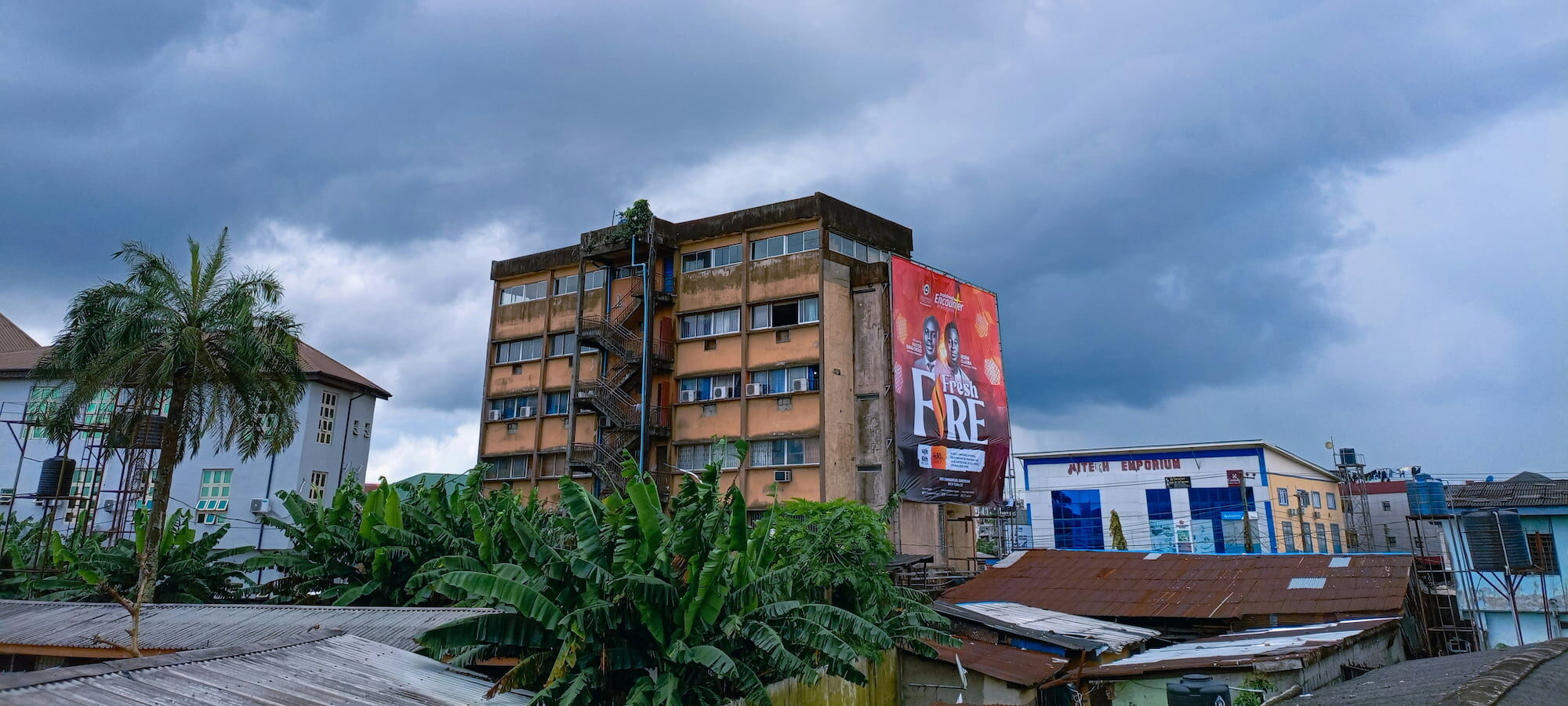Exposure of Assets and Vulnerability Mapping
Use Case Description
As highlighted in the Sendai Framework for Disaster Risk Reduction 2015 – 2030, hazards encompass a variety of origins including biological (organic), environmental (chemical, natural, and biological), geological or geophysical (derived from internal earth processes), hydrometeorological (atmospheric, hydrological, or oceanographic), and technological (stemming from technical or industrial conditions) processes.
Exposure mapping is a core component of the diagnostic process. It includes the generation of detailed datasets on settlement extent, impervious surfaces, population distribution, and built-up height. These layers are derived from EO data using advanced classification algorithms and refined through integration with ancillary information, enabling the estimation of both human and economic exposure. Economic value maps quantify the relative financial worth of built-up areas, supporting the assessment of potential economic losses in hazard scenarios.
Vulnerability is a crucial aspect that defines the characteristics and conditions of an asset, by describing the possible loss / damage according to the hazard impact intensity. It serves as a fundamental component of risk assessment, necessitating a comprehensive understanding to develop effective risk reduction strategies. When evaluating vulnerability, three key concepts come into play: damage loss functions, lack of coping capacities, and lack of adaptive capacities. These components typically rely on socio-economic and environmental parameters derived from non-Earth Observation (non-EO) data, such as national statistics including Gross Domestic Product (GDP), public health expenditure, gender-related factors, and the presence of protected areas. Earth Observation data enhances the representation of dynamic vulnerability aspects and aids in the detection of changes.
Impact assessment methodologies are applied by combining hazard and exposure data with vulnerability profiles tailored to different types of assets. These assessments estimate the scale of damage, affected population, and economic loss associated with flood events. The use of vulnerability curves, either standardised or locally customised, ensures that the results are robust and adaptable to different planning contexts.
Geo-information derived from Earth Observation (EO) satellite data and modelling supports stakeholders in (i) understanding disaster risks in their multi-faceted forms, (ii) strengthening disaster risk governance to manage the hazards, (iii) investing in disaster reduction strategies for bolstering resilience, and (iv) enhancing disaster preparedness for effective response.


